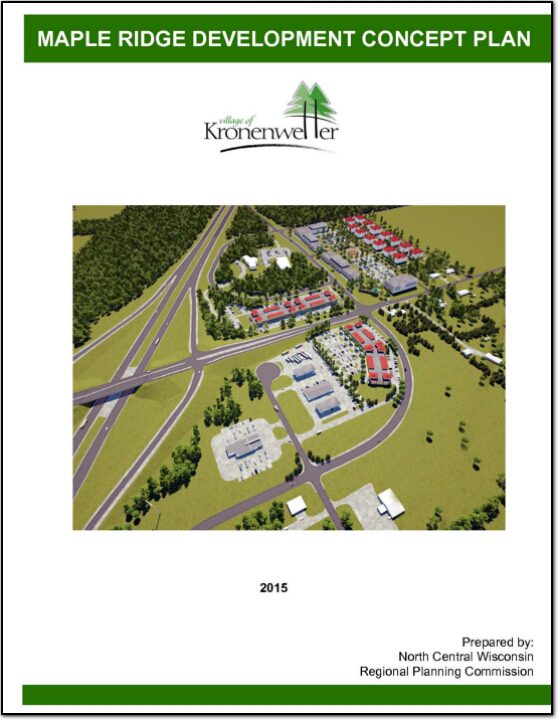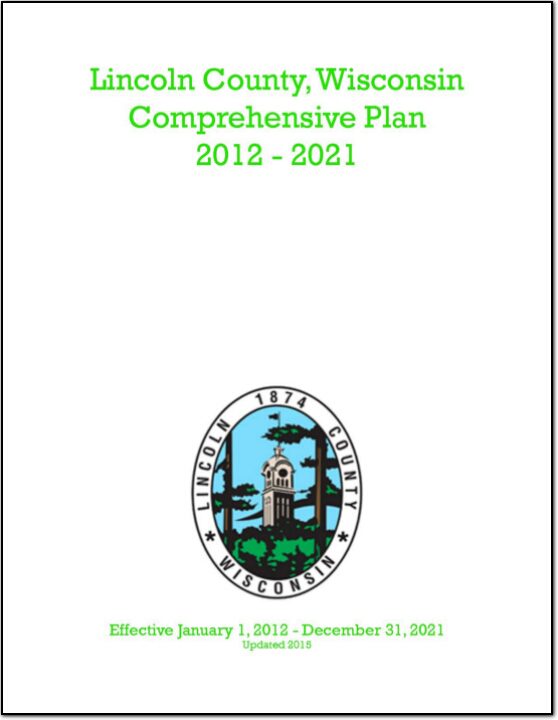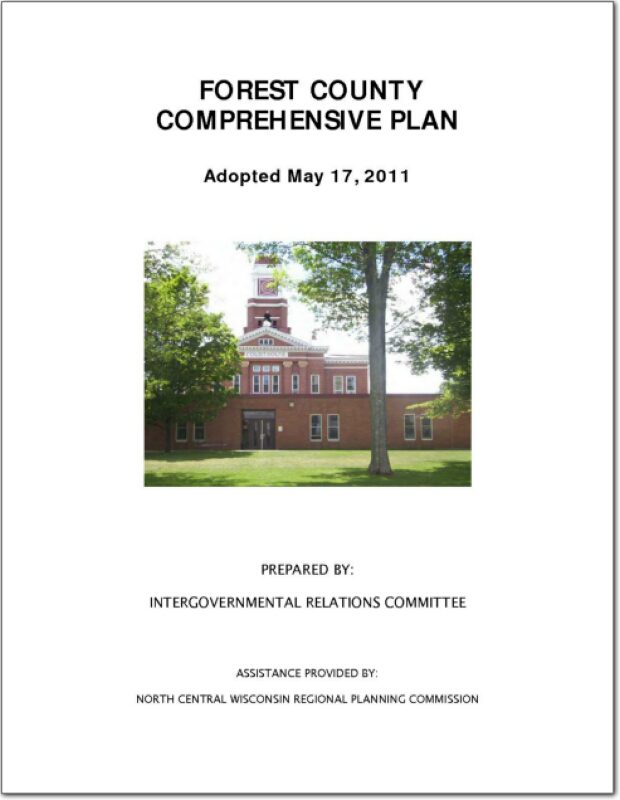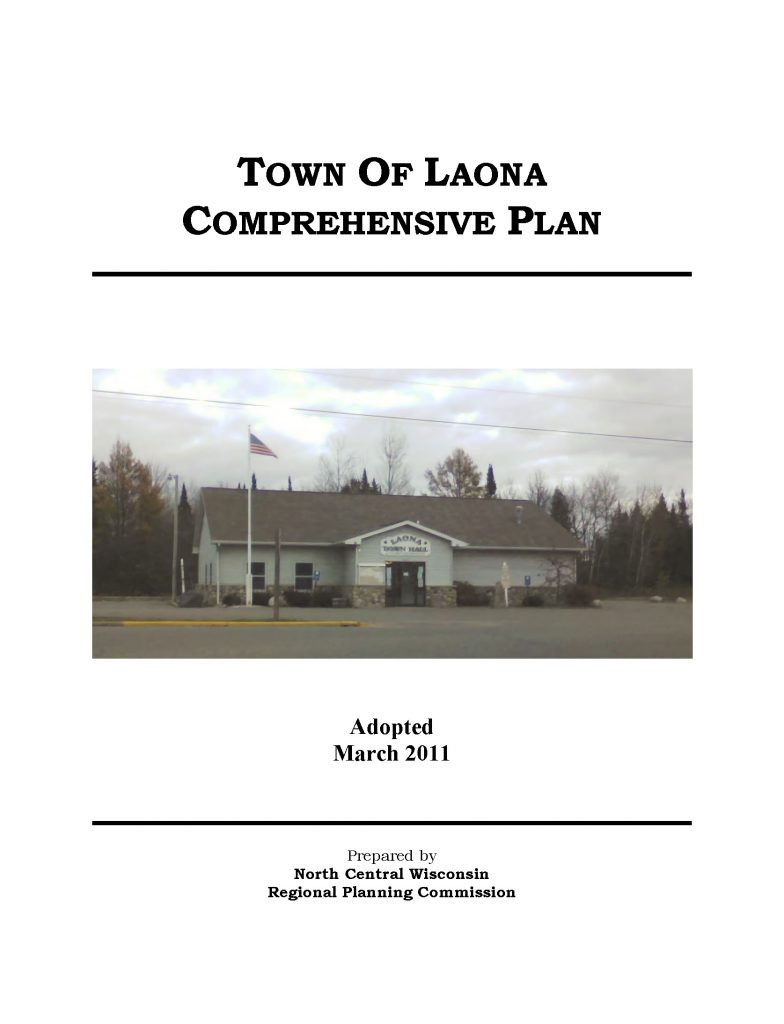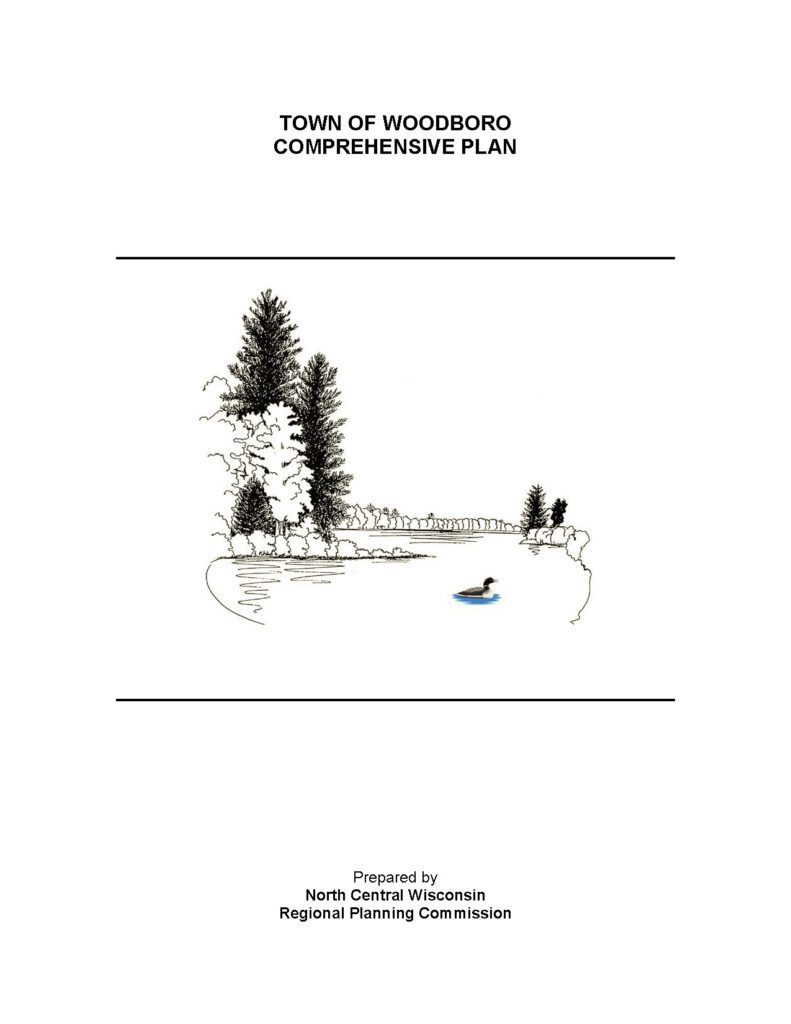In the fall of 2014, the Village of Kronenwetter engaged the North Central Wisconsin Regional Planning Commission (NCWRPC) to evaluate development potential centered near I-39 and Maple Ridge Road. In 2013, the interchange located on Maple Ridge Road and I-39 was rebuilt by the Department of Transportation resulting in new infrastructure and development opportunities for the area.
